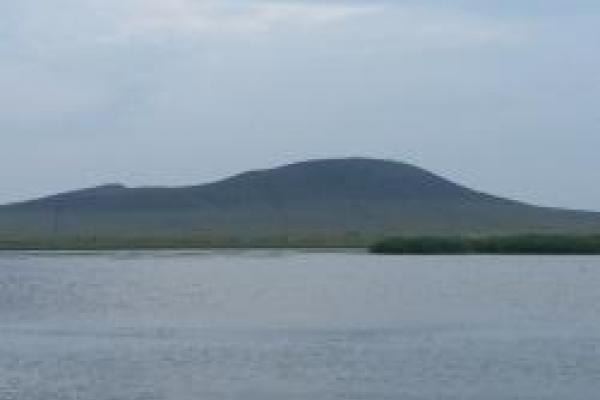
The Institute for Chinese Studies presents the Re-Imagining China's Past and Present Lecture Series:
Simon Wickhamsmith
Lecturer in Asian Studies and Writing
Rutgers University
"Mongol Identity in Contemporary Inner and Outer Mongolian Poetry"
Flyer: Simon Wickhamsmith Flyer.pdf
Abstract: The Mongolian state, united by Chinggis Haan in 1206, spreads from Russia, across today’s Mongolia and into the Inner Mongolian Autonomous Region of the PRC. The different directions taken by Mongolia and the PRC following the disintegration of the Soviet Union have affected the ways in which Mongol identity have developed and how it is now expressed in cultural forms. Writers in Outer and Inner Mongolia represent key aspects of their cultural identity and its modern development in the works they are writing today. Through the voices of several leading writers, this paper will explore how such images as Chinggis Haan, the steppe and the desert, the nomadic lifestyle, and people’s special bond with horses and livestock are portrayed in contemporary poetry, and what this might reveal about how the two communities on each side of this relatively porous border relate to one another and to their common Mongol culture.
Bio: Simon Wickhamsmith is a translator and scholar specialising in Mongolian literature since the Soviet-backed revolution of 1921. His translations and academic essays have been published both in Mongolia and abroad, and his translation of Ts.Oidov’s The End of the Dark Era (Phoneme Media, 2015) has been longlisted for the 2017 National Translation Award. He is under contract from the University of Amsterdam Press for a book on the interface of literature and politics in Mongolia between 1921 and 1948. He is the recipient of the Pole Star medal, the highest honor accorded to foreign nationals by the Mongolian state, for his work to promote Mongolian literature and culture. He currently teaches in the Writing and Asian Studies programs at Rutgers University.
Free and open to the public
This event made possible in part by OSU’s Department of East Asian Languages and Literatures and by a U.S. Department of Education Title VI grant to The Ohio State University East Asian Studies Center.
